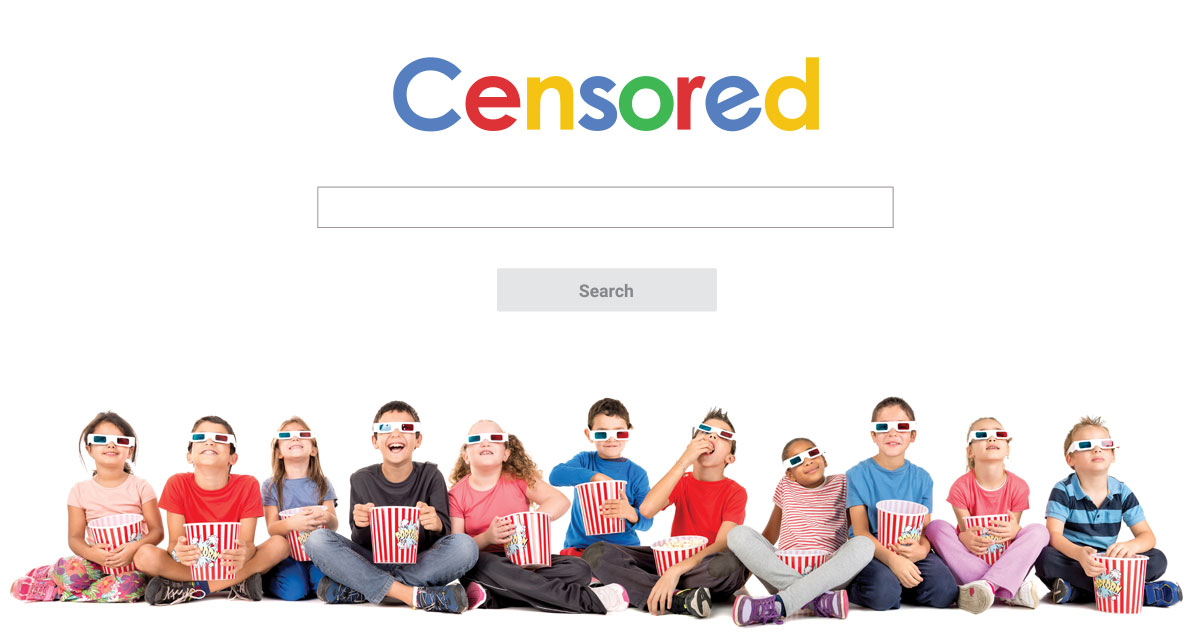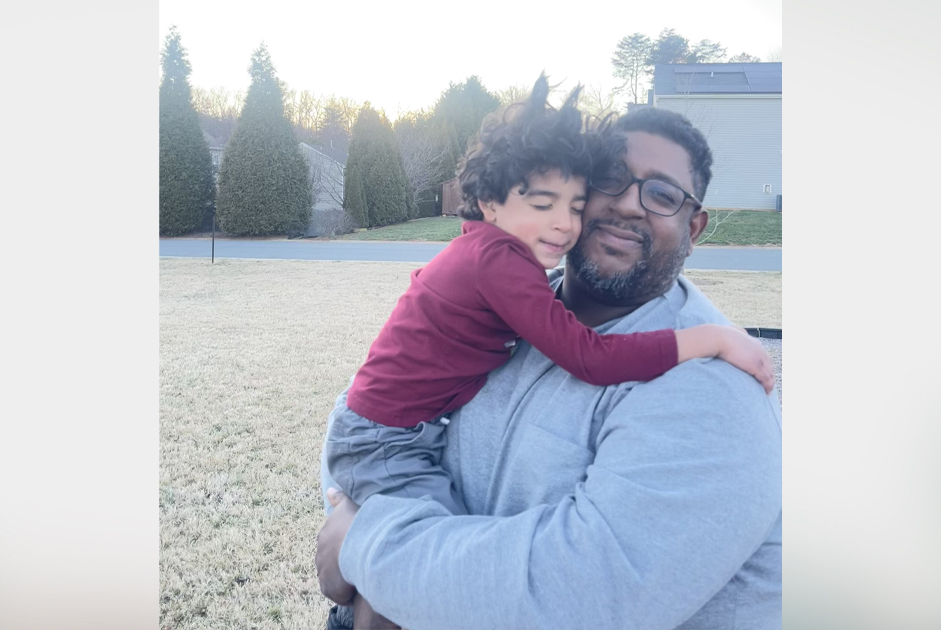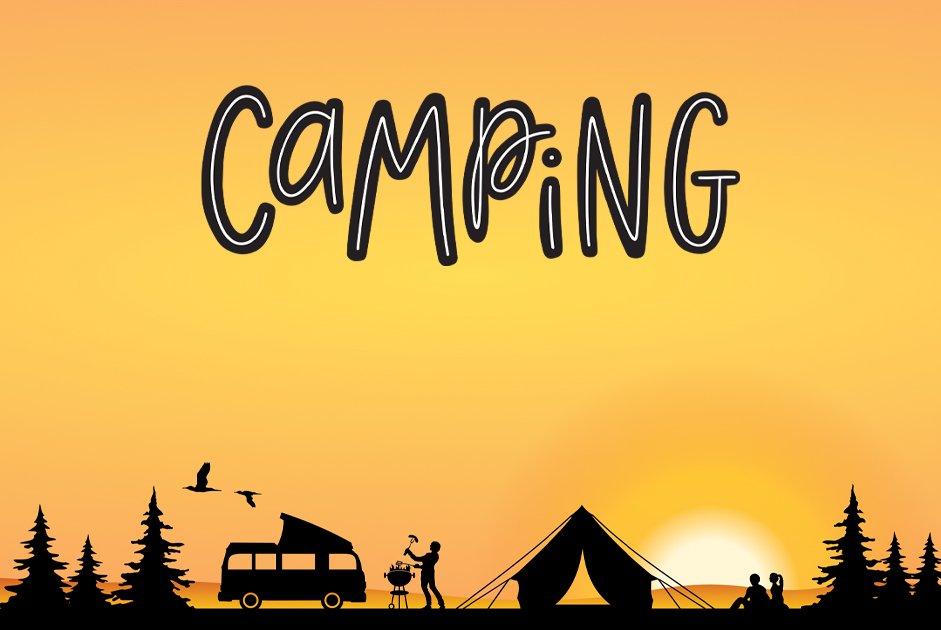BY JAMIE LOBER
The American Civil Liberties Union has defined censorship as the suppression of words, images, or ideas that are offensive. The topic of censorship may be controversial due to the First Amendment, which very broadly protects artistic and creative expression. Modern-day censorship pertains mostly to the entertainment industry, which has a large influence on kids in the form of music, television, movies, books, games, and the Internet. Content can be controlled by the government, religious groups, private groups, speakers, writers, and artists.
As a parent, you can supervise and control the information and ideas that your child is exposed to in your home. Remember that along with all of the valuable information and positive interaction that can be had online, there are dangers associated with the Internet that go uncensored. At the click of a button, your child can be exposed to anything from pornographic images to foul language or even predators. You can learn about parental controls in the form of apps, software, or hardware. There are many products out there, so you want to find the one that is best for you and your family. Some features include the ability to monitor social networks, receive parental alerts, block pornography and specified websites, monitor web browsing and Facebook, set time limits, and have location tracking.
The Telecommunications Act of 1996 called on the entertainment industry to establish guidelines that would aid parents in determining what was, and was not, suitable for their kids. The rating system works hand-in-hand with the V-chip, which allows parents to block any programming that they consider inappropriate. The TV ratings include Y for all kids ages 2 through 6; Y7 for kids 7 and up; G for generally suited for all audiences; PG for parental guidance recommended; 14 for material unsuited for kids under 14 years of age; and MA for mature audiences, meaning those 17 and older. There are also content descriptors, such as D for suggestive dialogue; L for coarse or crude language; S for sexual situations; V for violence; and FV for fantasy violence.
If your child is a movie buff, you want to be attentive to the categories that interest him. Whether he or she likes comedy, action, thrillers or science fiction, take note of the rating system made by the Motion Picture Association of America. G is for general audiences; PG is for parental guidance suggested; PG-13 is for parents strongly cautioned, and inappropriate for kids under 13; R is for restricted, meaning those under 17 must be accompanied by a parent or guardian; and NC-17, which means for adults only, and nobody under 17 is admitted.
Remember that childhood is an important time in one’s development and kids are very impressionable to the habits, behaviors, and words of others. Their moral compass is not fully developed, which makes it difficult to distinguish between good and bad, as well as right from wrong. Forsyth families take pride in the modern information age and all that it offers. While they appreciate the freedoms of expression and great liberties in the world, they do not lose sight of the fact that it remains important to be aware of what their kids are exposed to, and set limitations and parameters that are right for their home.



















